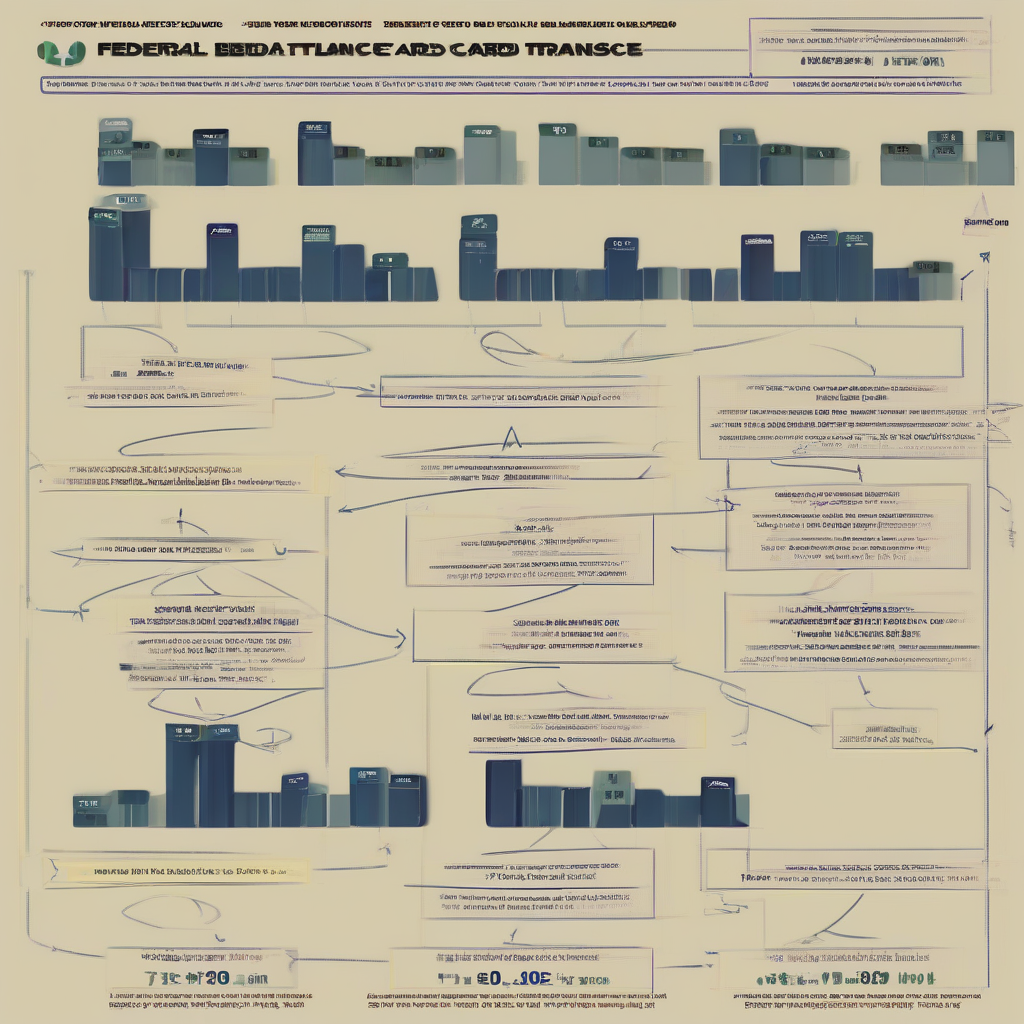Navy Federal Credit Card Balance Transfer: Everything You Need to Know

Navy Federal Credit Card Balance Transfer: A Comprehensive Guide
What is a Balance Transfer?
A balance transfer is a process of moving outstanding debt from one credit card to another. It typically involves transferring the balance from a card with a higher interest rate to a card with a lower interest rate, potentially saving you money on interest charges.
Navy Federal Credit Card Balance Transfer: Key Features
- Low Introductory APR: Navy Federal offers balance transfer cards with introductory APRs that are significantly lower than their standard APRs. This period typically lasts for a set amount of time, such as 12 or 18 months.
- Balance Transfer Fees: There's often a balance transfer fee associated with moving your debt. The percentage of the balance transferred typically varies depending on the card.
- Eligibility Requirements: You must meet specific eligibility requirements to qualify for a Navy Federal balance transfer offer. These requirements may include your credit score, income, and debt-to-income ratio.
- Transfer Limits: There are limits on the amount of debt you can transfer to a new card. These limits can vary depending on your creditworthiness and the specific card's terms.
How to Transfer Your Balance to a Navy Federal Credit Card
- Apply for a Navy Federal Balance Transfer Card: Apply online, through the Navy Federal app, or by calling customer service. Make sure to choose a card with a suitable introductory APR and balance transfer terms.
- Get Approved: Once your application is approved, you'll receive your new credit card.
- Request a Balance Transfer: Contact Navy Federal to initiate the balance transfer process. You'll need to provide the account information (account number, name of issuer, and balance) for the card you want to transfer from.
- Confirm the Transfer: Carefully review the transfer details, including the transfer fee and the new interest rate, before confirming the transfer.
- Monitor Your Account: Keep track of your new account balance and make sure you're making payments on time to avoid accruing interest.
Advantages of Using a Navy Federal Balance Transfer Card
- Save Money on Interest: A lower introductory APR can help you save significantly on interest charges, especially if you have a large balance.
- Consolidate Debt: If you have multiple credit cards with high balances, a balance transfer can help you consolidate your debt into one manageable account.
- Improve Your Credit Utilization: By transferring your debt to a new card, you may be able to lower your overall credit utilization ratio, which can positively impact your credit score.
Disadvantages of Using a Navy Federal Balance Transfer Card
- Balance Transfer Fees: These fees can add up, especially if you're transferring a large balance.
- Introductory APR Expiration: The low introductory APR is usually temporary, and your interest rate will revert to the standard APR after the introductory period expires.
- Potential Credit Score Impact: If you apply for a new credit card, it could temporarily lower your credit score due to the hard inquiry on your credit report.
- Limited Availability: Navy Federal credit cards are only available to members of the Navy Federal Credit Union.
Is a Balance Transfer Right for You?
A balance transfer can be a helpful tool for managing debt, but it's not right for everyone. Carefully consider the following before deciding:
- Your Current Interest Rates: Compare the interest rates on your existing cards to the introductory APR offered by Navy Federal. If the difference is substantial, a balance transfer may be beneficial.
- Your Ability to Pay Off the Balance: A balance transfer is only effective if you can pay off the balance before the introductory APR expires. If you can't, you'll end up paying more in interest charges than you would have with your original card.
- Your Financial Goals: Consider your overall financial goals and how a balance transfer fits into your plan.
Tips for Maximizing Your Balance Transfer Benefits
- Choose a Card with a Low Introductory APR and a Long Grace Period: Look for a card that offers a low introductory APR and a long grace period before interest charges start accruing.
- Transfer as Much Debt as Possible: If you have multiple high-interest cards, try to transfer as much debt as possible to the new card.
- Create a Budget and Stick to It: Develop a budget that allows you to make more than the minimum payment on your balance transfer card and pay off the balance before the introductory APR expires.
- Avoid New Charges: Avoid using the new card for additional purchases to avoid accruing interest charges.
Conclusion
A Navy Federal balance transfer can be a valuable tool for saving money on interest charges and managing your debt effectively. However, it's essential to carefully weigh the advantages and disadvantages and make sure it aligns with your financial goals. By following these tips and considering your specific circumstances, you can maximize the benefits of a balance transfer and work towards becoming debt-free.
What's Your Reaction?
















